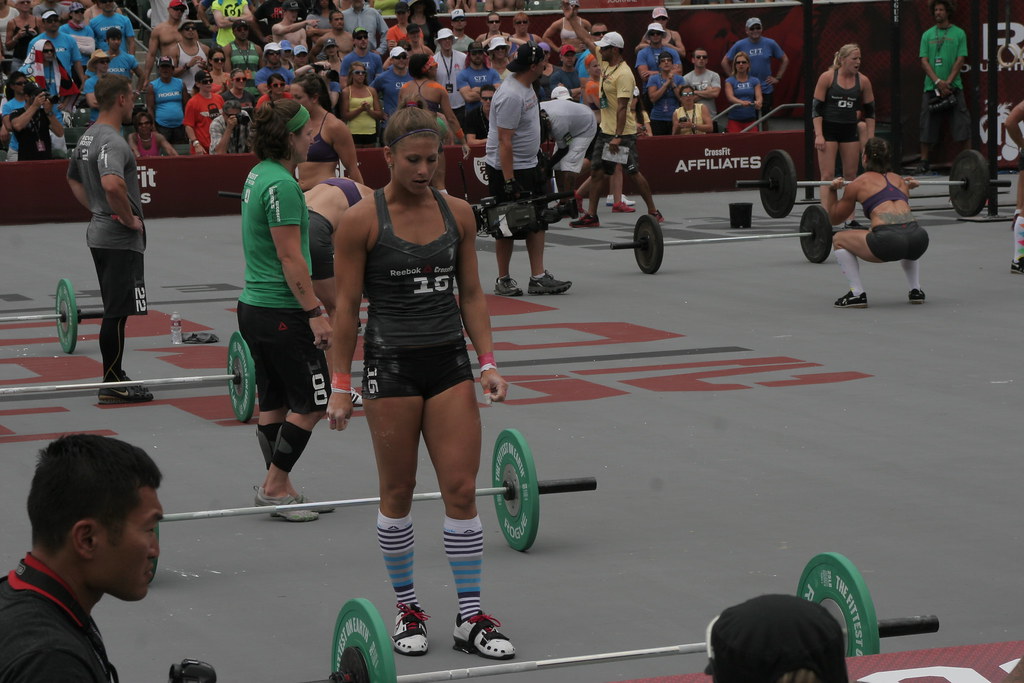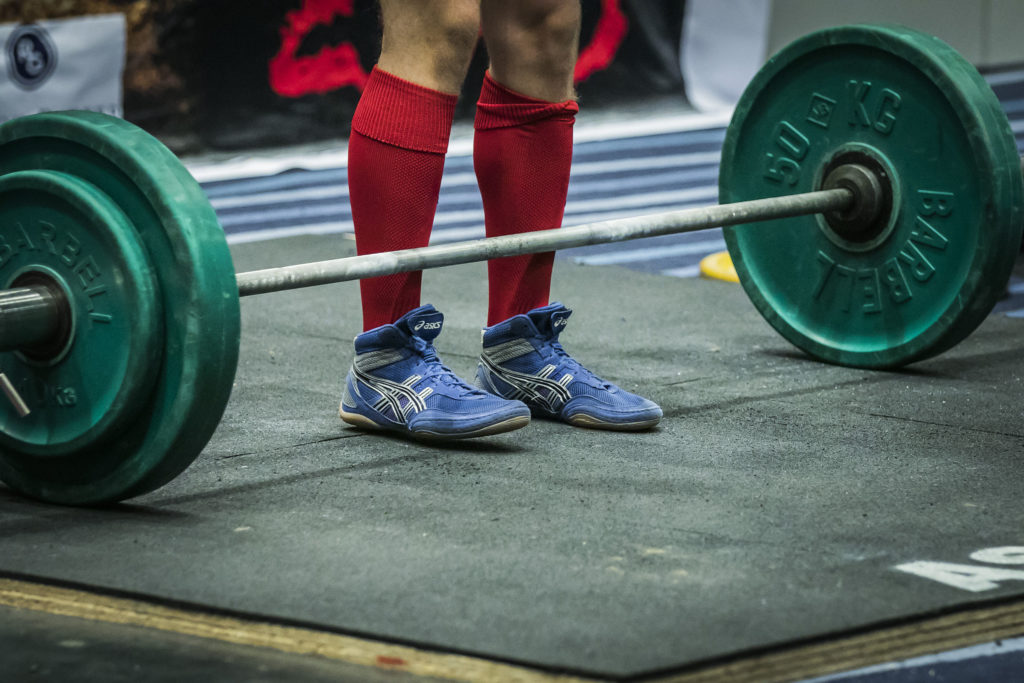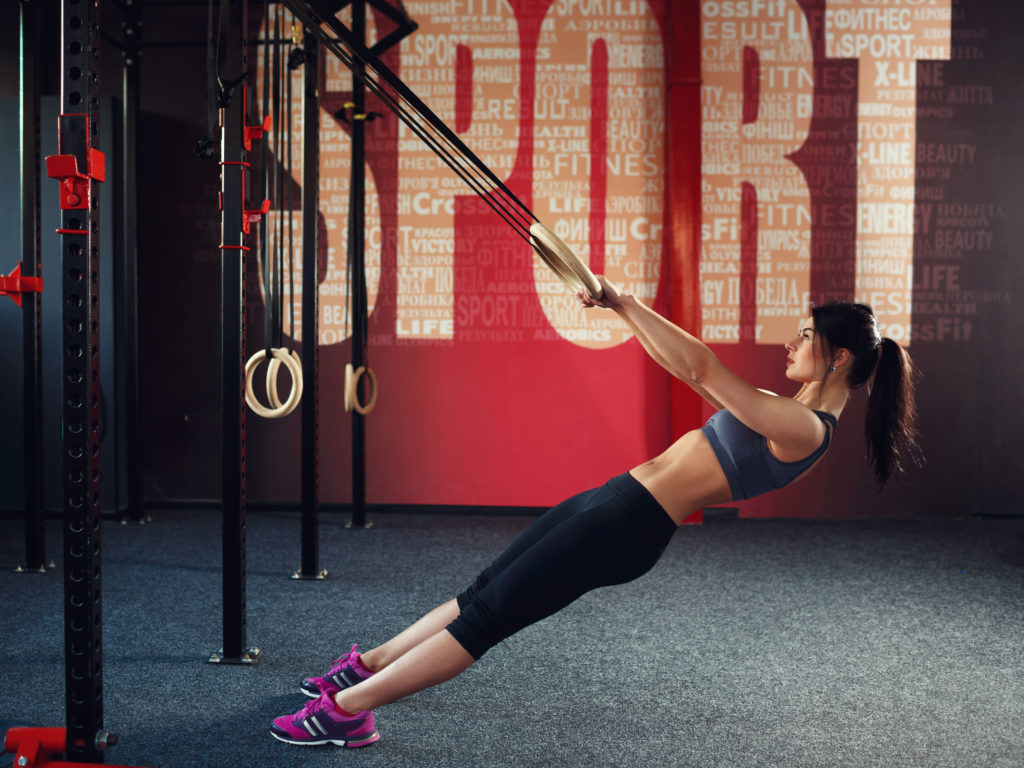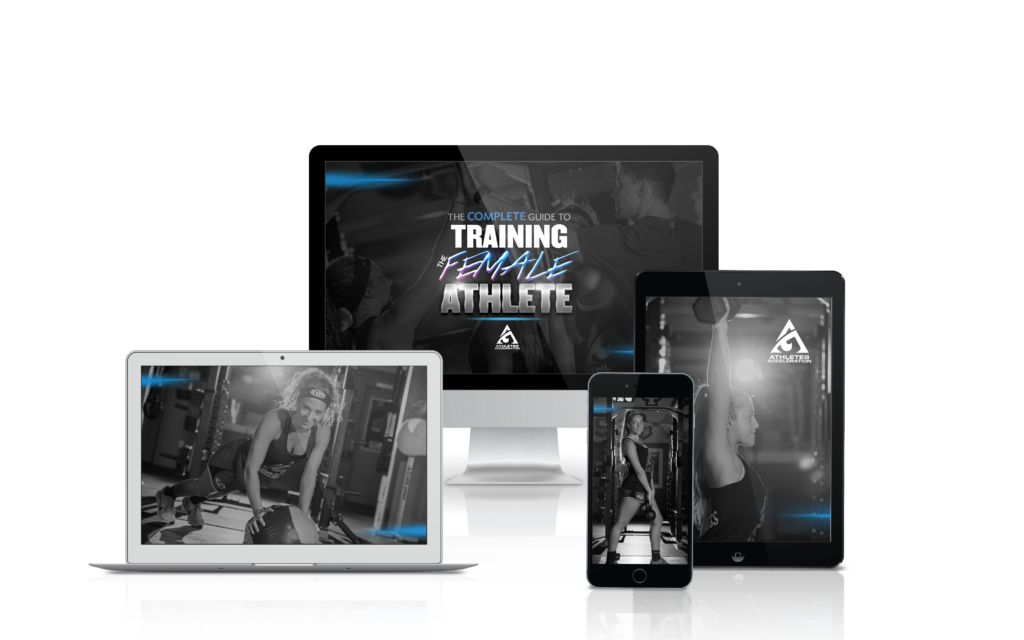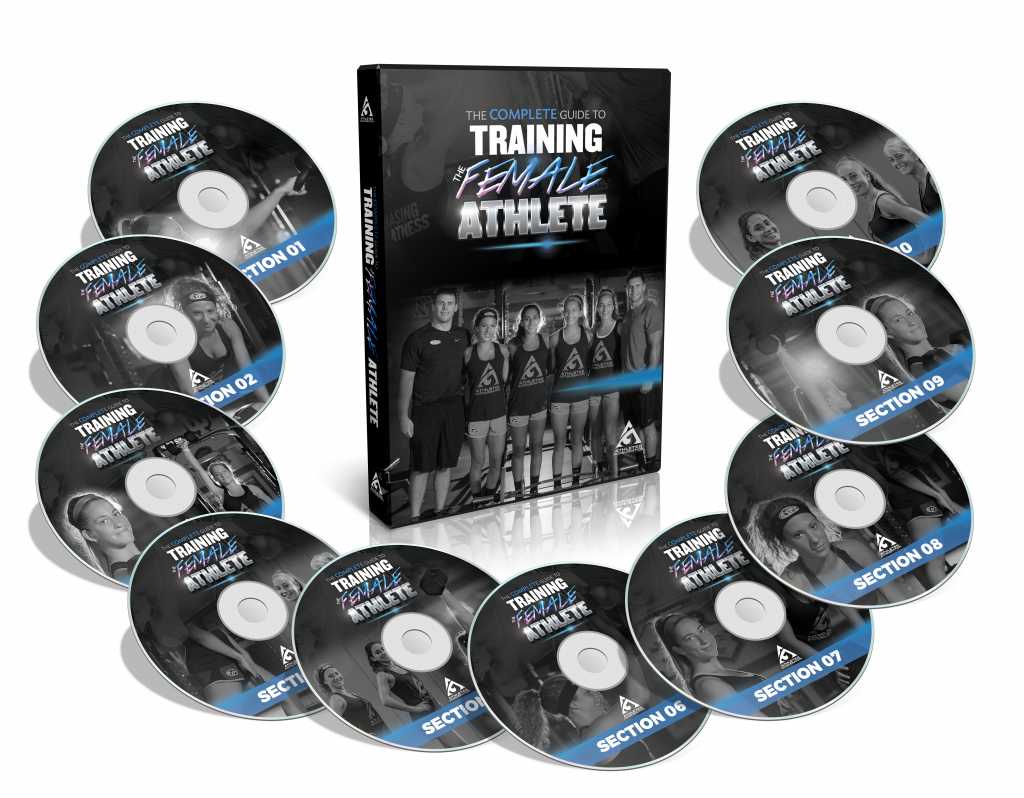Today’s guest post comes courtesy of Texas-based personal trainer Shane McLean. Shane’s a regular contributor on this site so you know his stuff is top-notch and will be applicable to many of you reading.
Enjoy!
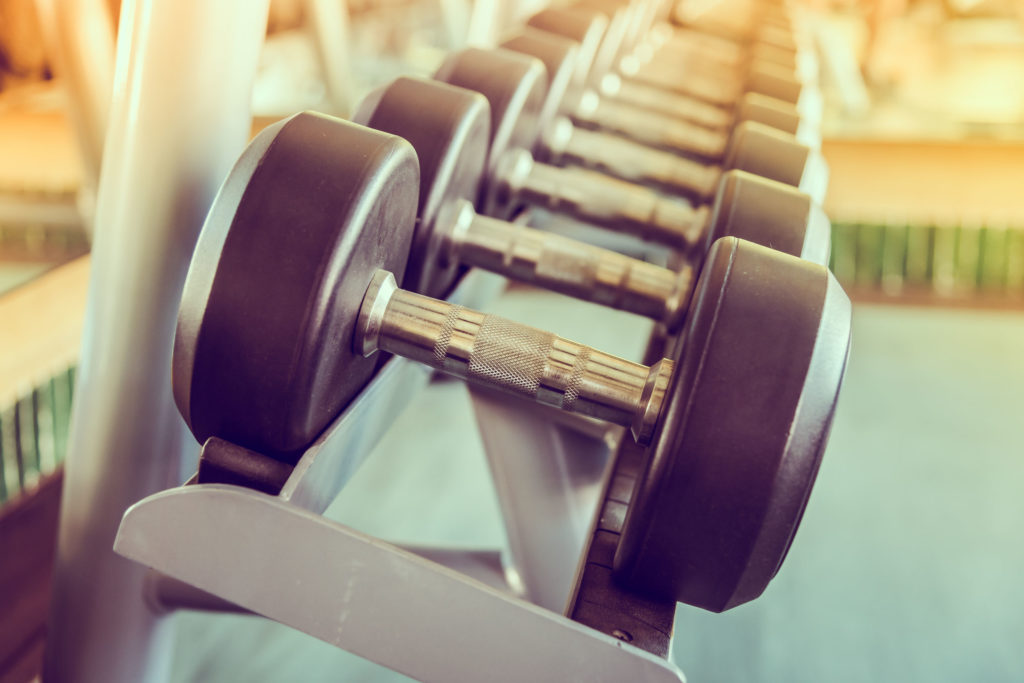
When you were a baby (a long time ago for some) you loved lying on the floor and staring up at the world above.
If you wanted to go anywhere or were hungry, all you needed to do was cry and wail until your slaves came running to meet your every need. Life was so much simpler back then.
However, getting back on the floor and lifting, no matter how old you are, can spark new gains, work around niggling injuries and work muscles that you never knew existed.
Because lifting is not all about standing in front of the mirror to curl and grunt to your heart’s content. Yes, that means you excessive gym-grunter guy.
Let’s cover exercising from supine, tall kneeling and half kneeling positions and how lifting from those could be the missing link that’s needed to spark new gains.
Supine
This is lying on your back while facing upwards, like when you were a baby. We often lie supine after collapsing after a hard set or when you see someone on the floor crunching like a bat out of hell.
Please leave the crunching to the monkeys.
https://www.youtube.com/watch?v=0tBOcFT1oTQ
However, lying and lifting from the floor can be a great core and upper builder as evidenced by the single arm floor press.
Single Arm Floor Press
This pressing variation will turn on your core and shoulder stabilizers due to the offset load that gets neglected during bilateral bench/overhead pressing. It’s also a shoulder saver because it eliminates the lower half of the press where the shoulder is externally rotated and where nasty things like shoulder impingements can happen.
If you want to take this up a notch and improve your numbers on the barbell bench press, try the barbell floor press. This improves your lockout strength as you receive no help from the bench or your lower body while pressing from the floor.
Barbell Floor Press
Let’s not forget about the back and shoulders which also play a part in pulling heavy from the floor, pushing heavy off the chest and giving you a great looking back that your friends will envy.
Check out this cool variation from Jordan Syatt that does all of this and more.
Pullover with Reactive Floor Press
Work your legs while you’re down there with the stability ball hip extension/hamstring curl. This exercise trains the hamstrings as a hip extensor and a knee flexor, which are its two major functions.
You’ll get more bang for your hamstring buck and they will love you for it afterwards, trust me. J
Stability Ball Hip Ext. /Hamstring Curl
This is great exercise for runners because the instability of the ball during the curl portion mimics the unevenness of the road while running, proving the stability ball is not a completely useless piece of equipment.
Tall Kneeling
The tall kneeling position looks like this.

Photo courtesy of FunctionalMovement.com
The toes on the ground, knees underneath hips and the core, pelvis and glutes all turned on. This is the position that babies step up to after crawling on all fours to determine whether they have the balance to start standing up.
For the rest of us, the tall kneeling position will help with posture and balance because if anything is not working as it should, our pretty face will head towards the floor and none of us want that.
You should use this position if you lack glute strength or have poor posture or non-existent balance. If you cannot do an exercise in the tall kneeling position, chances are you won’t be able to do it standing without some sort of compensation.
If that sounds like you or you need a new lifting challenge, consider taking these exercises out for a test run. Your glutes will be pleased.
Bench Kneeling Overhead Press
If anything is off with your overhead pressing mechanics, this exercise will pick it up, if somewhat brutally.
You can regress this exercise by kneeling on the floor and using dumbbells because an appearance on America’s Funniest Home Video show can wait.
Tall Kneeling Lat Pulldown
This pulling variation is great for developing core stability and training the entire backside of the body. This is exercise is outstanding for people who are yet to do their first chin up as it simulates the core strength necessary to pull yourself up over the bar without any extra compensation.
Sorry CrossFit, this is a no kipping zone. Please don’t sue me.
He will be missed
Tall Kneeling Pallof Press
Pallof press is a great stand-alone exercise but adding some tall kneeling into the equation takes a great lateral core stability, anti-rotation exercise to the next level. You’ll be a core badass.
Half Kneeling
The half kneeling hip flexor stretch is usually the go-to stretch to open up our hip flexors which are always tight but that’s an article in itself, so let’s leave that alone and lift from here instead.
Lifting in the half kneeling position has many benefits. By lowering our center of mass we can move our hips and shoulders without too much compensation from the pelvis/lower back, which is godsend if you’re a suffer of low back pain.
With the narrower base of support, you’ll receive extra core stability and glute activation benefits, too. So doesn’t it make perfect sense to lift from this position? I knew you would see it my way. J
So kneel, lift and be great with these half kneeling exercise variations.
Half Kneeling Lat Pulldown
The 45-degree angle of this variation makes it more shoulder friendly than other vertical pulling exercises, so if shoulder mobility is a problem for you this exercise is perfect.
Half Kneeling KB Bottoms Up Press
Holding the Kettlebell bottoms up creates more tension in the arm through a process called irradiation. This gives you more strength and stability in the shoulder region which makes this a great exercise for people with shoulder issues or for those who want a break from barbell/dumbbell overhead presses.
Half-Kneeling Med Ball Rotational Throw
A common error with med ball throwing is gym goers using other parts of their body like the low back to create extra power, which is a big no-no. However, throwing in half kneeling position reduces this compensation and increases the reliance of the hips and core, which are the muscles needed for rotational power.
Wrapping Up
Whether you’re returning from long layoff, working around niggling injuries or you’re wanting to spice things up to spark your gains, getting back on the floor could be just what you need.
However, please don’t cry. You’re an adult now.
About the Author
Shane “The Balance Guy” McLean, is an A.C.E Certified Personal Trainer working deep in the heart of Texas. Shane believes in balancing exercise with life while putting the fun back into both.


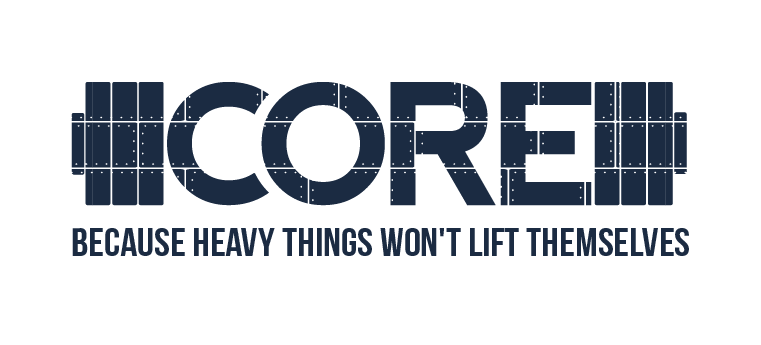

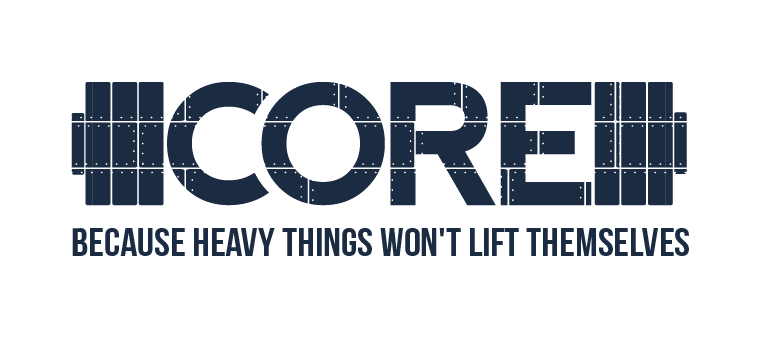



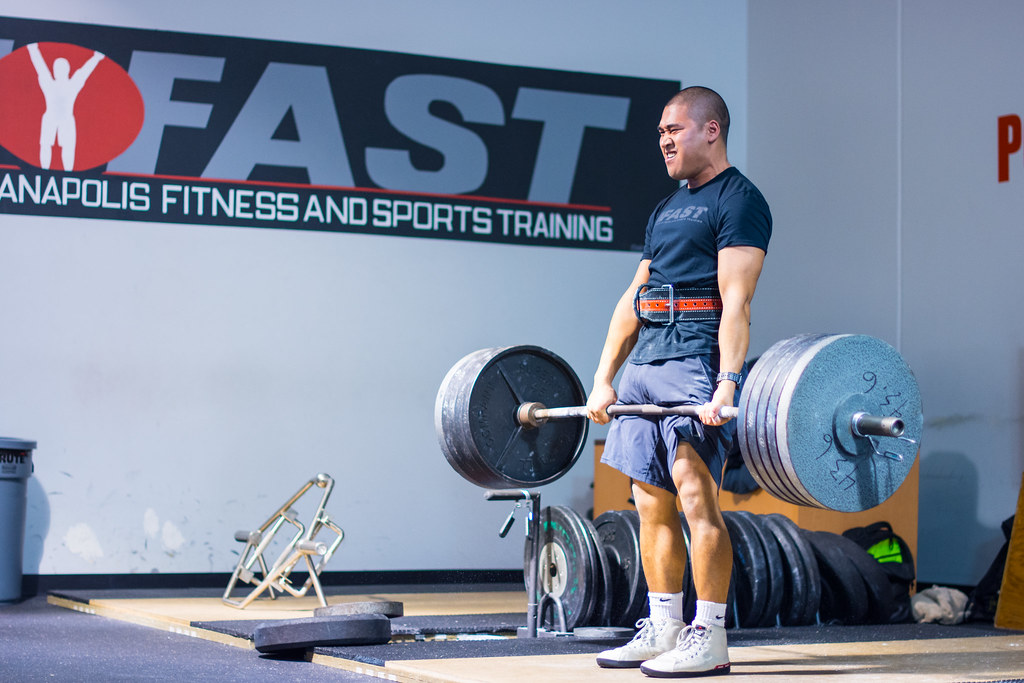 the strength volume down? Yeah, baby, I am.
the strength volume down? Yeah, baby, I am. While they may not have the same sexy appeal as advanced techniques like German Volume Training, or High-Frequency Strength splits, concurrent splits are the way to go when programming for general pop clients. Sure, super-specific training blocks may get our folks faster results, but their narrow focus doesn’t do our folks any favors in the long run.
While they may not have the same sexy appeal as advanced techniques like German Volume Training, or High-Frequency Strength splits, concurrent splits are the way to go when programming for general pop clients. Sure, super-specific training blocks may get our folks faster results, but their narrow focus doesn’t do our folks any favors in the long run.



